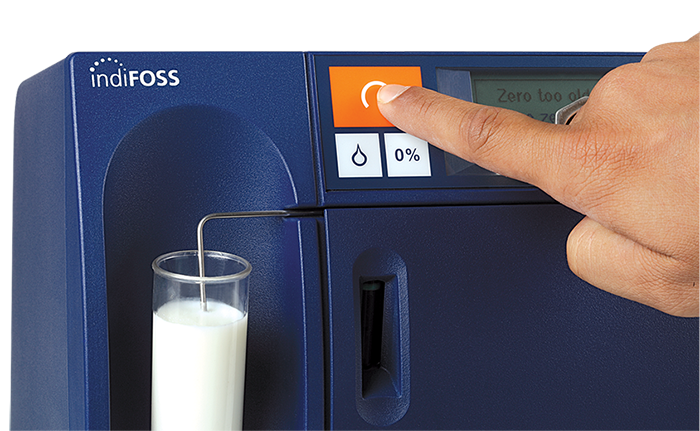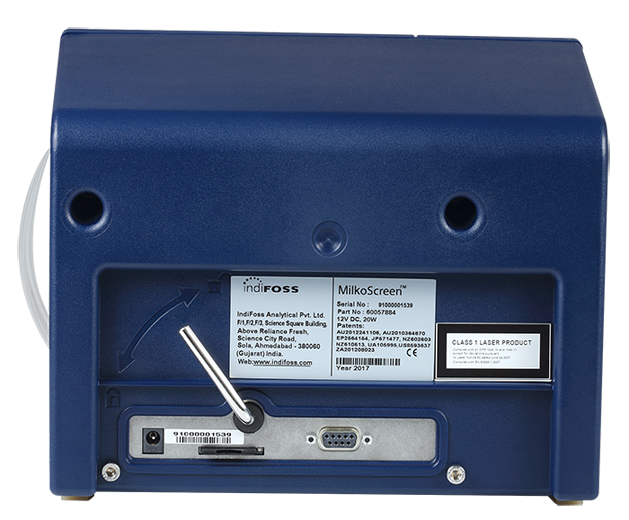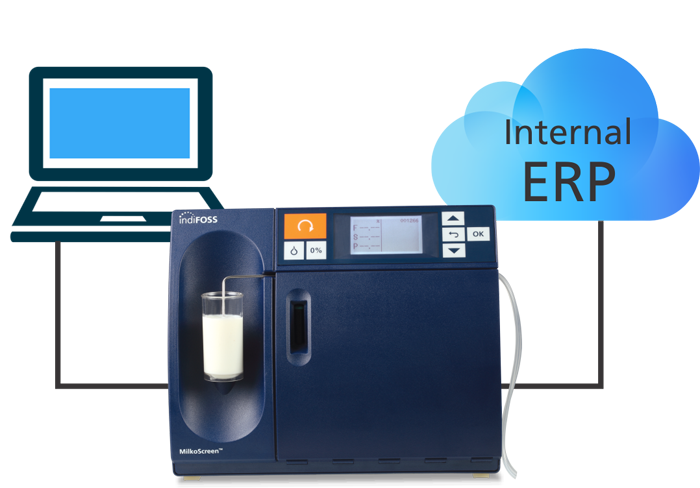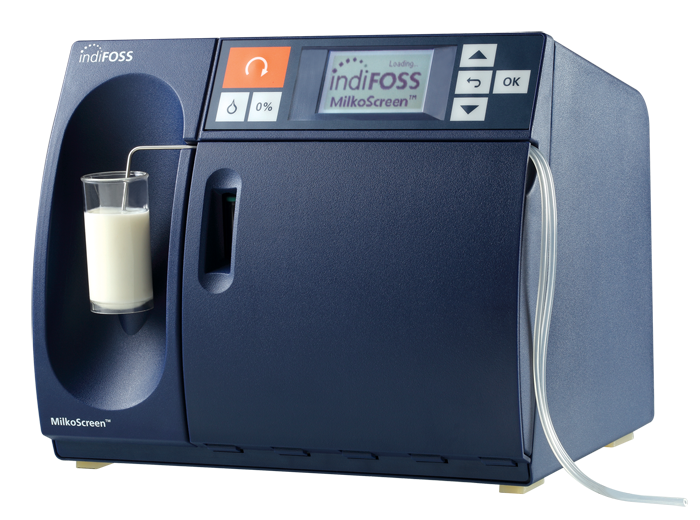
MilkoScreenTM Milk Adulteration Scanner & Quality Analyzer
India's high quality, highest selling Milk analyzer for
Quality testing and Adulteration screening
MilkoScreen Overview
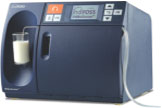 Front view
Front view A Close-up
A Close-up The Back Side
The Back Side System peripheral
System peripheral

Accurate measurement of FAT, SNF and PROTEIN; based on proven FTIR technology
FTIR technology is globally approved for analysis of milk
 Official Method 972.16
Official Method 972.16 IDF 141
IDF 141 ISO 9622
ISO 9622
Adulteration Screening
Not all raw-milk analyzers are capable like MilkoScreen, to detect various adulterants like :
Urea is added to increase SNF. Urea, being a natural constituent of raw milk, has a max limit imposed by FSSAI Act and PFA Rules, which is 70 mg/100 ml (700 ppm). Commercial urea is added to milk to increase non-protein nitrogen content. Milk gets adulterated with urea intentionally or by addition of unspecified synthetic milk to natural milk. Urea in milk make kidneys overworked, as they have to filter it out.
Sugar (Sucrose) is added to increase SNF. The common sugar present in milk is lactose. Table sugar like sucrose is added to increase the carbohydrate content of the milk and thus increasing the density of milk. So that the milk thereafter can be adulterated with water and not get detected during the lactometer test.
It is added to increase SNF, as Ammonium Sulphate (A.S.) increases the lactometer reading by maintaining the density of milk. A.S. is a chemical substance with a preservative effect. Acidity and lactose content decrease in the adulterated samples with increasing A.S. content.
Maltodextrin is added to increase SNF and its specific gravity. It’s a food additive, i.e. polysaccharide; produced from starch and usually found as a white hygroscopic spray-dried powder. Maltodextrin is easily digestible, being absorbed as rapidly as glucose and might be sweet or flavourless. Used for soft drinks, candy and other processed foods.
Water is the most common adulterant. Indiscriminate addition of water from undesired sources like impure tap water, well, lake, pond water is the source of unwanted harmful bacteria, minerals, salts and water borne diseases.
MilkoScreen screens the product for Milk Abnormalities. It is done at the sametime as the compositional measurements are performed. No extra equipment or time is required. A sample of milk is tested against a profile for normal milk. A warning is given if there is a mismatch. This alerts you to the need for further investigations to determine the nature of the abnormality.
Highlights
 Quality performance
Quality performance Easy to operate
Easy to operate Compliant technology
Compliant technology Result in less than 45 seconds
Result in less than 45 seconds Adulterants screening
Adulterants screening

